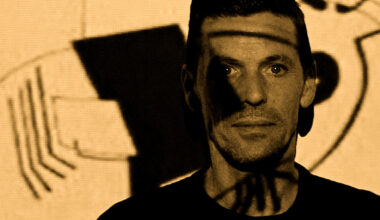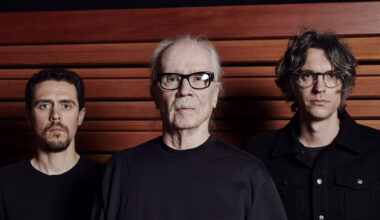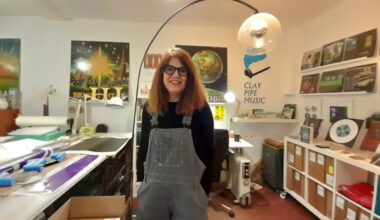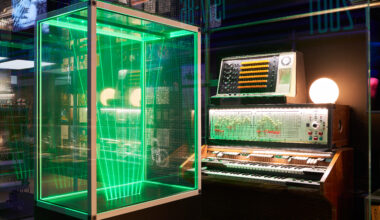Musicians have been writing and recording tracks about the future since pretty much forever, and we’re marking our 100th issue with 100 of our favourite examples. They’re mostly electronic, of course, but you might find some surprises along the way…
Want to read more?
Sign up to Electronic Sound Premium to gain access to every post, video, special offers, and more. 100%, all you can eat, no commitment, cancel any time.
Already a premium member? Log in here






